May 24, 2025 | 16:22 GMT +7
May 24, 2025 | 16:22 GMT +7
Hotline: 0913.378.918
May 24, 2025 | 16:22 GMT +7
Hotline: 0913.378.918
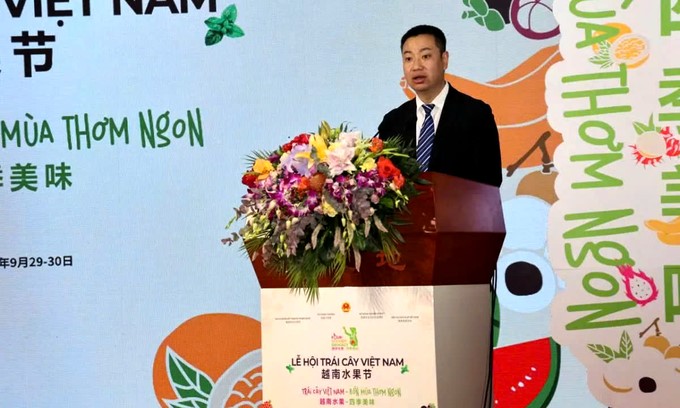
Mr. Truong Nguyet Lam, General Director of Tan Phat Dia Agricultural Products Distribution Center. Photo: Van Viet.
At the end of September 2024, when the Ministry of Agriculture and Rural Development (MARD) jointly organized the Fruit Festival in Beijing, many people in the Chinese capital patiently waited in line for several hours to buy Vietnamese durian. Talking with Mr. Truong Nguyet Lam, General Director of Tan Phat Dia Agricultural Products Distribution Center in Fengtai district (Beijing), Vietnam Agriculture Newspaper learned that many of these consumers do not know that Vietnam can grow durian.
“Beijing is an international metropolis with about 30 million people. We are not concerned about buying agricultural products at high prices, but the only problem is quality and stability. With more than 20 years of trading agricultural products, I believe that people lining up to eat Vietnamese durian on both exhibition days is a very good sign for development," Mr. Truong shared.
As the largest fruit wholesale market in Beijing, the total amount of agricultural product transactions each year in Tan Phat Dia is more than 15 million tons, with a transaction volume of more than 100 billion yuan (about nearly 15 billion USD). Because of such a huge scale, Mr. Truong assumed that how much of Vietnam's durian output is also purchased. He also frankly pointed out that Vietnam's arrival at Tan Phat Dia is a bit slow because Thais and Malaysians have established their brands here for a long time.
One of the slogans of the business owned by Mr. Truong is "Going to Tan Phat Dia, eating all the world's food." Based on this viewpoint, the Chinese businessman is "impatient" for Vietnamese durian, one of the fruits with the highest economic value, expected to bring in up to 3 billion USD in export turnover in 2024.
The advantage of Vietnamese durian, in addition to geographical distance and longer crop spread than neighboring countries, is also the Protocol on Frozen Durian, signed between MARD and the General Administration of Customs of China (GACC) in August 2024. This document opens a turning point, helping Vietnamese fruit achieve an additional 500 million USD/year in turnover.
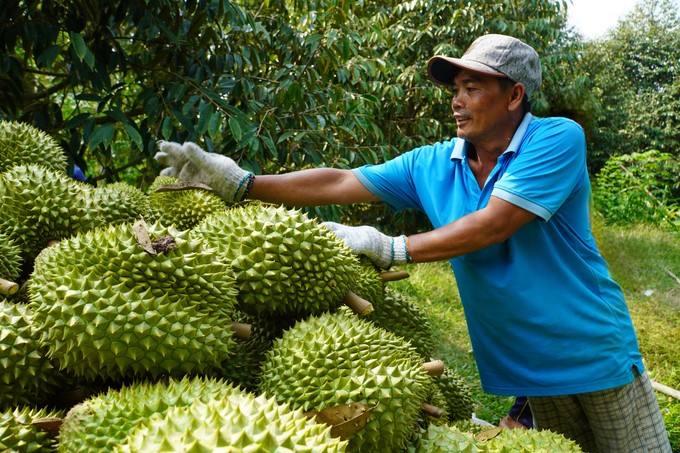
Vietnamese durian is highly appreciated for its quality and much longer crop spread than Thailand. Photo: Kim Anh.
Besides, GACC continues to further facilitate frozen fruit. Specifically, this item will no longer be subject to quarantine management for import. This decision means that frozen fruit from any country in the world can freely enter the Chinese market without needing to apply for an "Imported Animal and Plant Quarantine Permit.".
However, because frozen fruit is an edible product, the facility processing frozen fruit exported to China must still register with the competent authority of the exporting country and submit to GACC for review and registration on the CIFER registration portal. Along with that, the exporting country is responsible for monitoring the entire process of processing, freezing, and transporting frozen fruit to China.
According to Mr. Truong, this initiative of GACC not only enriches the variety of frozen fruits in the Chinese market but also meets consumer demand for diverse, high-quality imported fruits.
Vietnamese durian can fully take advantage of these opportunities but needs to be more competitive with its two main competitors, Thailand and Malaysia. Through the bridge of the Vietnam Agriculture Newspaper, Mr. Truong Nguyet Lam wishes to connect with reputable gardeners. "I emphasize that in Beijing and many other big cities, customers only need quality and are not too concerned about price. The Chinese have a saying, 'You get what you pay for.' If products can overcome the technical barriers, customers will come and buy them all immediately," he expressed.
In 2022, Mr. Lam Long Duc won big by being the first Chinese business to officially import Vietnamese durian. The historic moment on September 19, when a container carrying durian rolled across the border of the two countries, marked a historic moment for exporting durian in particular and Vietnamese fruit in general. From 2.25 billion USD in 2023, durian has now surpassed the 3 billion USD mark.
From a business perspective, Mr. Lam frankly said, "Malaysia and Thailand have maintained the two leading positions. Chinese consumers need more time to get used to Vietnamese durian. Therefore, the most important thing now is quality. Only when you maintain stable quality will you be sustainable."
Going deeper into the Chinese market, businessman Lam admitted that there are many segments for Vietnamese durian to dominate. He gave advice to Vietnamese businesses to look further than calculating immediate losses and profits. He also expressed his belief that with available quality plus the stability accumulated over the years, Vietnamese fruit will be sought after by customers.
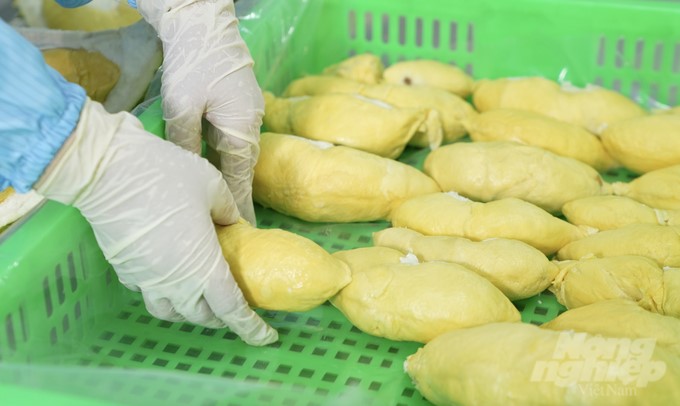
Frozen durian is expected to create new momentum for fruit and vegetable products. Photo: Nguyen Thuy.
Sharing this opinion, Mr. Co Trieu Hoc, Deputy General Director of Tan Phat Dia Agricultural Products Distribution Center, commented that Vietnamese fruits have not been developed properly. The reason is that fruit export businesses mainly bring products to the Southern provinces, such as Guangxi and Yunnan, without really paying attention to the Northern Chinese market.
According to the agricultural product consultant, ignoring factors related to commodity transactions between border residents of the two countries and geographical distance, issues related to logistics as well as market information are probably problems with Vietnamese fruits when wanting to penetrate deep into inland China. Because of the absence of Vietnamese products, the number of people who can distinguish Vietnamese durian from Thai and Malaysian durian is "counted on one hand," even in Tan Phat Dia.
Instead of struggling to go alone, Mr. Co advises Vietnamese export businesses to increase cooperation with Chinese businesses, helping to shorten procedures, limit risks, and quickly overcome barriers. "There is no reason why Chile can bring fruit to sell in Beijing, but Vietnam, which is ten times closer, cannot," he admitted.
Mr. Co also noted that the Vietnamese side needs to proceed faster in penetrating the Northern Chinese market, when in addition to Thailand and Malaysia, Vietnamese durian is likely to welcome new competitors from Laos and the Philippines.
Accordingly, the Lao Durian Business Association is strongly developing this highly economical crop, including 50 hectares that have been harvested. It is expected that by 2029, Laos will harvest about 1,000 hectares more. With lower logistics costs and transportation times thanks to high-speed rail, Lao durian is clearly a potential competitor. In addition, the Philippines is also researching and promoting the export of frozen durian, stemming from GACC's new policy.
Mr. Luu Nam Tai, a logistics business in Guangxi, said that Vietnamese durian can confidently expand production. "Whether it's durian or any other fruit, if cultivated properly according to the Protocol signed between the two countries, there will never be a rescue story," he emphasized.
Translated by Thu Huyen
/2025/05/22/5250-1-184853_288.jpg)
(VAN) According to a representative from the Central Retail Vietnam, Vietnamese products such as seafood, sweet potatoes, dragon fruit, coffee, and spices hold great potential in the Thai market.
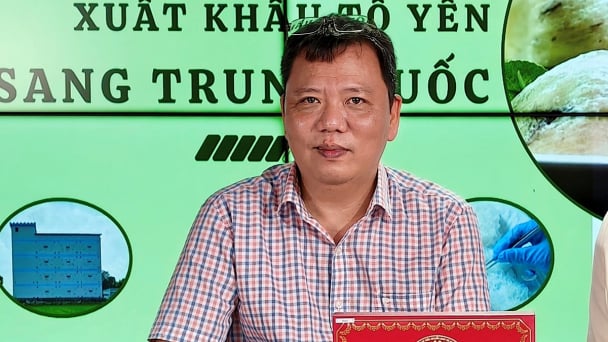
(VAN) A multi-channel, multi-directional strategy only works when the agricultural value chain meets global transparency and SPS standards.
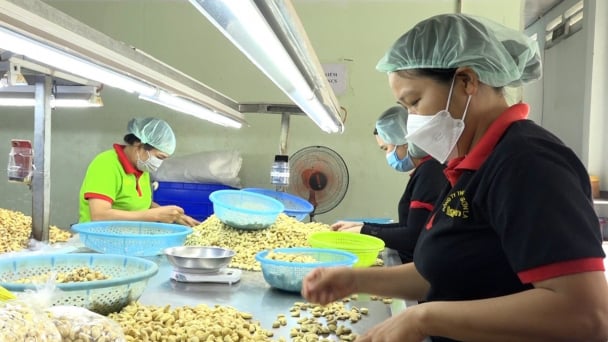
(VAN) Market expansion is a matter of survival for Vietnamese businesses amid fierce competition and global supply chain fluctuations.
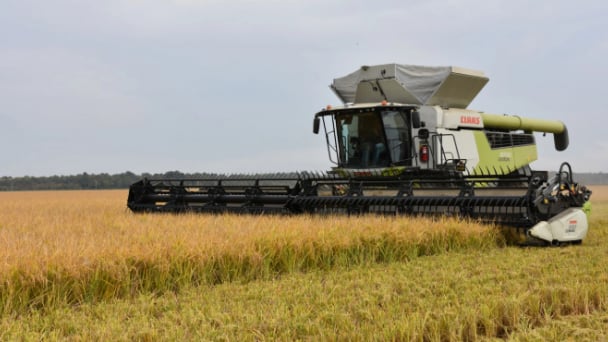
(VAN) Global market prospects for U.S. long-grain rice for the upcoming marketing year.
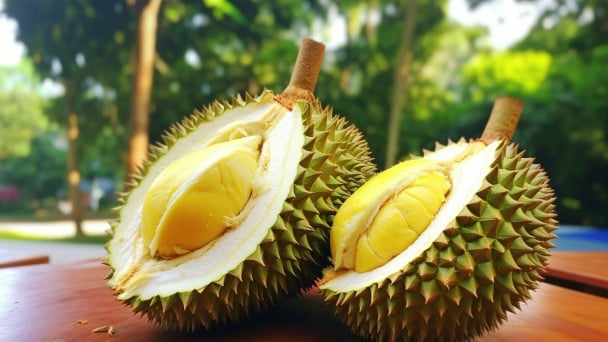
(VAN) China’s General Administration of Customs started permitting fresh durian shipments from Cambodia after a phytosanitary protocol was signed with the Cambodian Ministry of Agriculture in late April.
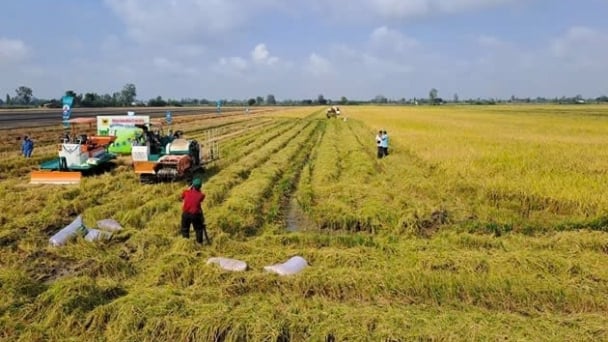
(VAN) To operate carbon market, one of the key issues is determining which types of 'commodities' meet the standards to be traded on the market.
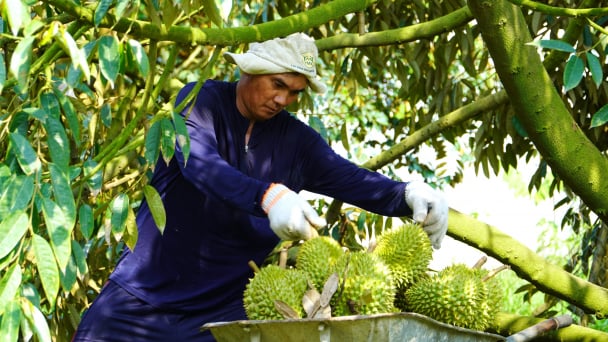
(VAN) Durian-producing localities need to coordinate more effectively with central authorities to improve the traceability, monitoring, and response systems in case of violations.